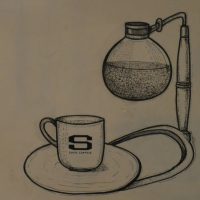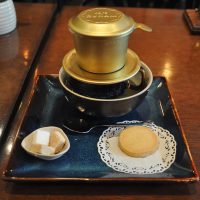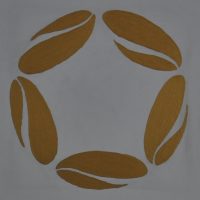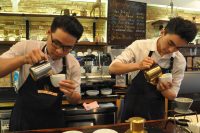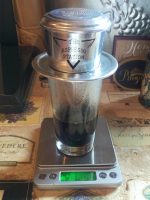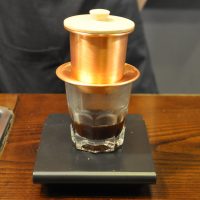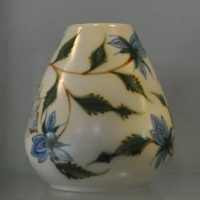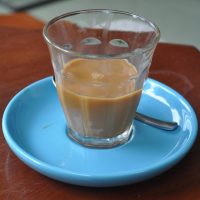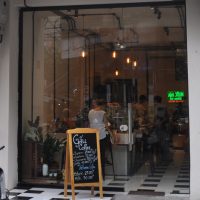 I didn’t spend long in Hanoi, at the end of my Vietnam trip, so didn’t have much time to explore. I also didn’t have a long list of coffee shops to visit when I arrived. That I found Gấu Coffee Roasters was entirely down to The Caffinet, which in turn I only found following a recommendation from Oriberry Coffee. Sometimes all you need is a list of one…
I didn’t spend long in Hanoi, at the end of my Vietnam trip, so didn’t have much time to explore. I also didn’t have a long list of coffee shops to visit when I arrived. That I found Gấu Coffee Roasters was entirely down to The Caffinet, which in turn I only found following a recommendation from Oriberry Coffee. Sometimes all you need is a list of one…
On a busy road in the northeast of Hanoi’s old city, you really need to know where Gấu Coffee Roasters is, although if you look in the window, you’ll probably be drawn in, particularly if you see the roaster all the way at the back of the long, thin store. All the coffee’s roasted here, with a range of origins, plus home-grown Vietnamese Arabica. There’s a blend on espresso, with multiple single-origins on pour-over through a variety of methods, plus traditional Vietnamese coffee.

